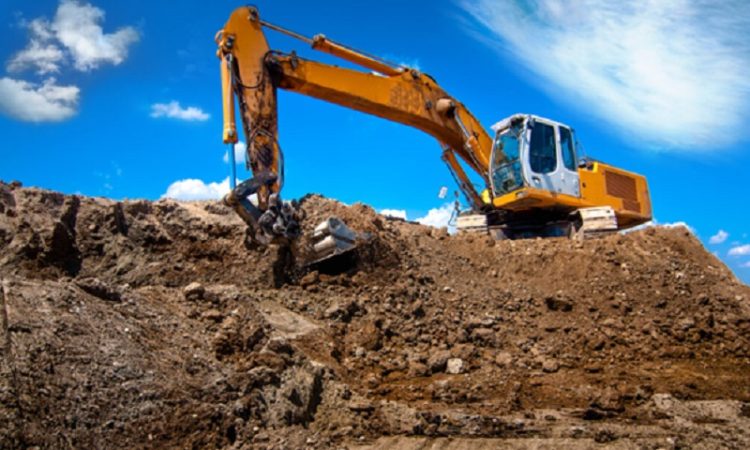
Embarking on a new construction project is an exciting venture. However, before the first brick is laid, the land must be prepared, a process known as site clearing. While this is a necessary step, it’s not without its share of challenges. In this guide, we’ll delve into six most common issues encountered during this phase and provide practical solutions to address them effectively.
1. Uneven Terrain
Uneven terrain is a common hurdle that can significantly slow down the land preparation process. Working on uneven ground increases the risk of accidents, damages machinery, and makes it challenging to lay a solid foundation for the structure.
To tackle this, a comprehensive land survey should be carried out before the commencement of the clearing process. This survey will map out the terrain, identifying areas that need special attention, and providing a clear plan on how to level the ground. Utilizing professional surveyors and high-quality equipment ensures accurate results, allowing for efficient planning and reducing the chances of unexpected issues arising later on.
2. Presence of Wildlife
Finding wildlife inhabiting the area marked for construction can pose both environmental and ethical challenges. Displacing these creatures without causing harm is a delicate task that requires expertise.
Before starting the clearing process, engage with local wildlife agencies. They can provide guidance on the safe relocation of animals, ensuring you follow ethical practices and comply with wildlife protection regulations. It might take a bit more time, but preserving our ecosystem is a responsibility we all share.
3. Debris Disposal
Clearing a site generates a large amount of debris, including trees, shrubs, rocks, and soil. Disposing of this waste can be tricky. Burning is often prohibited due to environmental concerns, and transporting the debris to a landfill can be costly and time-consuming.
One effective solution is recycling the debris. Many materials can be repurposed, for instance, wood can be turned into mulch, and rocks can be used for landscaping. Consider hiring a recycling company that can sort and process the waste, turning a challenge into an opportunity to contribute to sustainability.
4. Legal and Regulatory Compliance
Legal and regulatory issues can cause significant delays if not handled properly. These can range from zoning restrictions to environmental regulations and property boundary disputes.
To avoid these complications, familiarize yourself with all relevant local and national laws concerning land preparation. This includes obtaining necessary permits and ensuring you’re not infringing on any protected areas or neighbouring properties. Consulting with a legal expert in real estate or construction law can help you navigate this complex landscape more efficiently.
5. Encountering Unforeseen Obstacles
Sometimes, unexpected obstacles like buried utilities, hidden structures, or even archaeological finds can disrupt the clearing process. These surprises can cause delays and increase costs.
To mitigate this, conduct a thorough site investigation before starting work. Use ground-penetrating radar to identify buried utilities or structures, and if the site has historical significance, consider an archaeological survey. By uncovering potential issues early, you can plan accordingly and avoid costly disruptions.
6. Weather Conditions
Weather plays a significant role in land preparation. Heavy rain can make the ground too slippery for machinery, while snowfall can bring operations to a standstill. Unfortunately, we can’t control the weather, but we can prepare for it.
Develop a flexible schedule that allows for weather-related disruptions. Additionally, have contingency plans in place, such as covering the ground to prevent it from becoming waterlogged during heavy rain, or having heating equipment ready to deal with snowfall. With careful planning, you can minimize the impact of adverse weather conditions.
In conclusion, while land preparation comes with its share of challenges, understanding them and taking proactive steps can ensure a smoother and more efficient site-clearing process. By implementing the solutions highlighted in this guide, you can overcome these hurdles and lay a strong foundation for your construction project.




